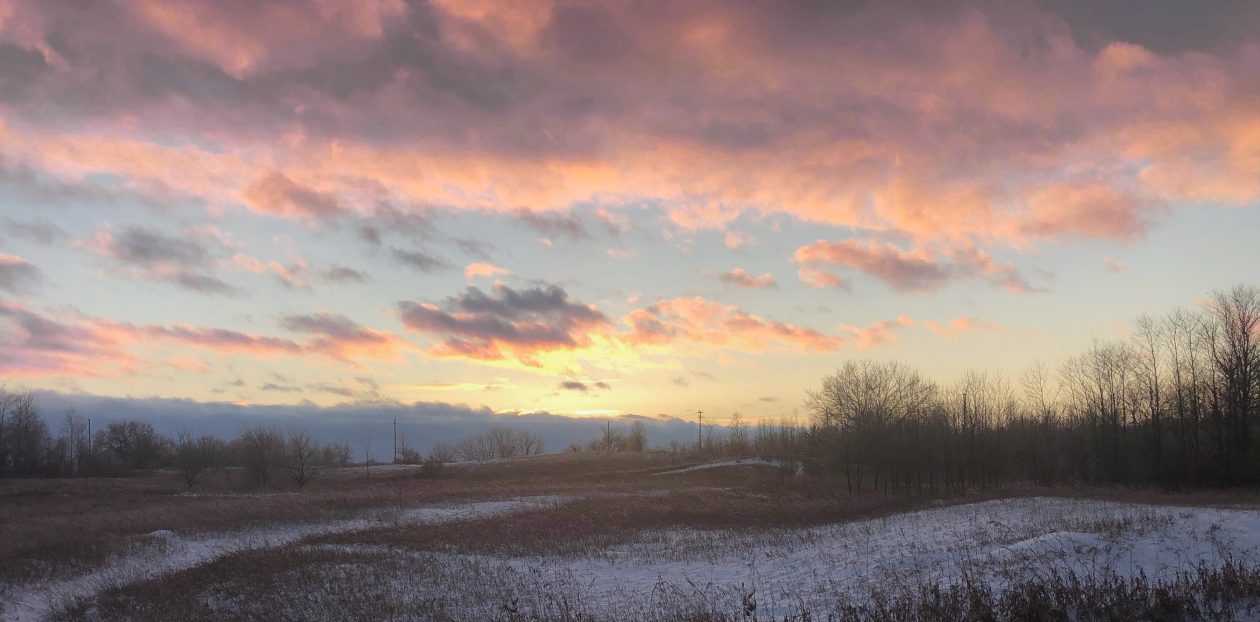After posting on this platform for ten (!) years, I have decided to move on…that is, to move onto a new platform where I can transition to voluntarily paid subscriptions.
It is a decision not lightly made but does make sense for several reasons:
- I’m not getting any younger and the very physical labour involved in gardening will not be kind to my body indefinitely! Although I am still happily working on gardens that I have developed over many years, I am strategizing about ways in which I can begin to generate some revenue through writing…again.
- Many of you might know that I had a prior writing gig … it was as the gardening columnist at the Ottawa Citizen newspaper and I did this bi-weekly column between, I think, 2011 and 2016 — it was a while ago so my memory is fuzzy. Although it didn’t make me rich – indeed, the failure of print media meant my pay cheque was halved during that time – I loved doing this column and met a lot of really generous, interesting and enthusiastic gardeners, both experienced and amateur, in Ottawa and beyond.
- Before this I ran a garden store called Hortus Urbanus for ten challenging years between 1997 and 2007. This store was really a vision of mine, full of plants as well as the original work of very talented artists — from statuary to pots to fountains to ironwork and beyond — and I loved every minute of it! I’m glad I had the presence of mind to keep some of those treasures and am reminded of my store, even to this day. I know many of you still miss it and for that, I’m touched and honoured.
- I love writing but have found contributing to this blog a challenge over the last couple of years. That’s because it was meant to be a “garden” blog and in the last few years, my life has become much more than simply gardening. Aging, losing a parent, reflecting over one’s life, embracing the wild in nature apart from the cultivation of gardens, and much more. I feel that moving to this new platform, as well as having readers who come from a wider realm, will help me produce more and more frequently.
As you might know, WordPress began as a free platform for those who wanted to try blogging but didn’t want to be tied to a plan that cost them money. It was great but then suddenly they started requiring payment and by that I mean a LARGE annual payment to keep your beloved blog going. I continued to pay because I didn’t want to lose this archive or the platform that I had built up over so many years. But now I want to find new ways to make money, not to spend it LOL! This new platform on Substack will allow me to transition from free articles to the opportunity to have readers voluntarily contribute toward their subscription, for a small fee. I think it’s a win-win.
So, please come and join me. You can subscribe to receive email notices when I’ve published a new post. I hope that the community we form there will be dynamic and broad — and I promise to write with passion and commitment for you. It’s called Minutiae of Daily Life.
Click HERE to go there.
See you there!































































































